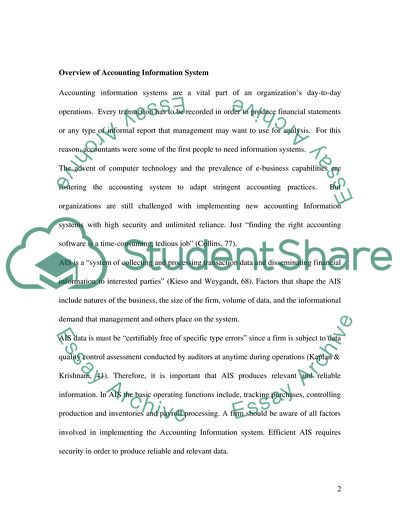Cite this document
(“Accounting Information System: Security, Privacy and Other AIS Issues Essay”, n.d.)
Retrieved from https://studentshare.org/information-technology/1539234-accounting-information-system-security-privacy-and-other-ais-issues
Retrieved from https://studentshare.org/information-technology/1539234-accounting-information-system-security-privacy-and-other-ais-issues
(Accounting Information System: Security, Privacy and Other AIS Issues Essay)
https://studentshare.org/information-technology/1539234-accounting-information-system-security-privacy-and-other-ais-issues.
https://studentshare.org/information-technology/1539234-accounting-information-system-security-privacy-and-other-ais-issues.
“Accounting Information System: Security, Privacy and Other AIS Issues Essay”, n.d. https://studentshare.org/information-technology/1539234-accounting-information-system-security-privacy-and-other-ais-issues.


